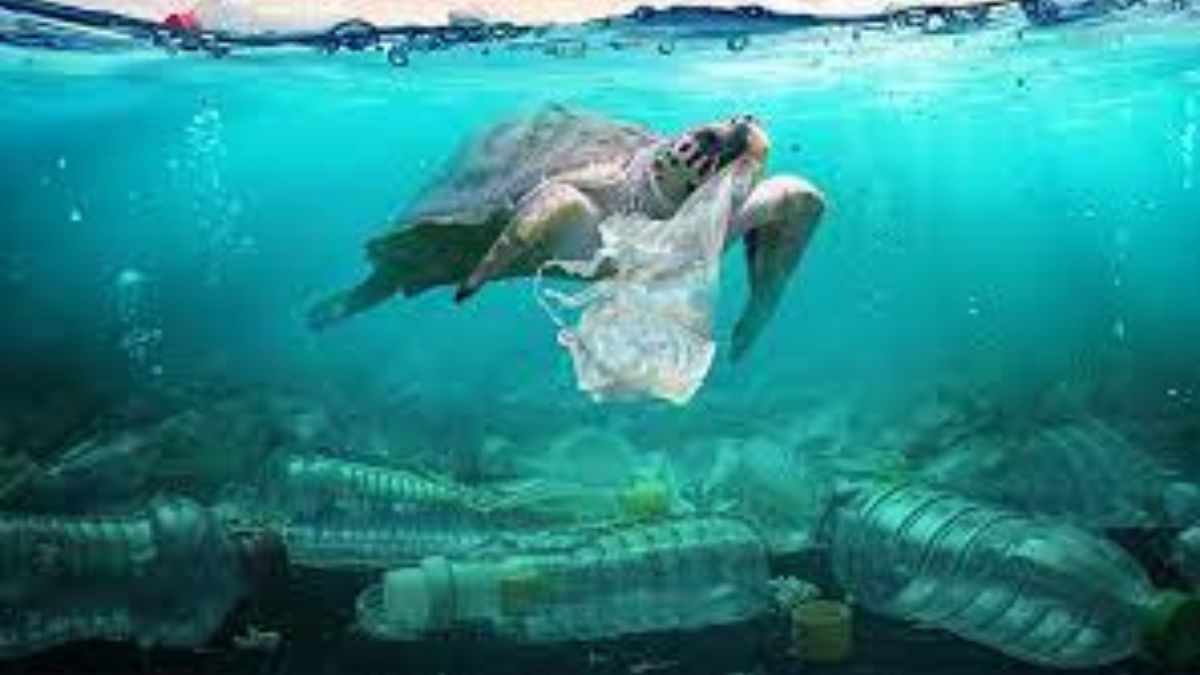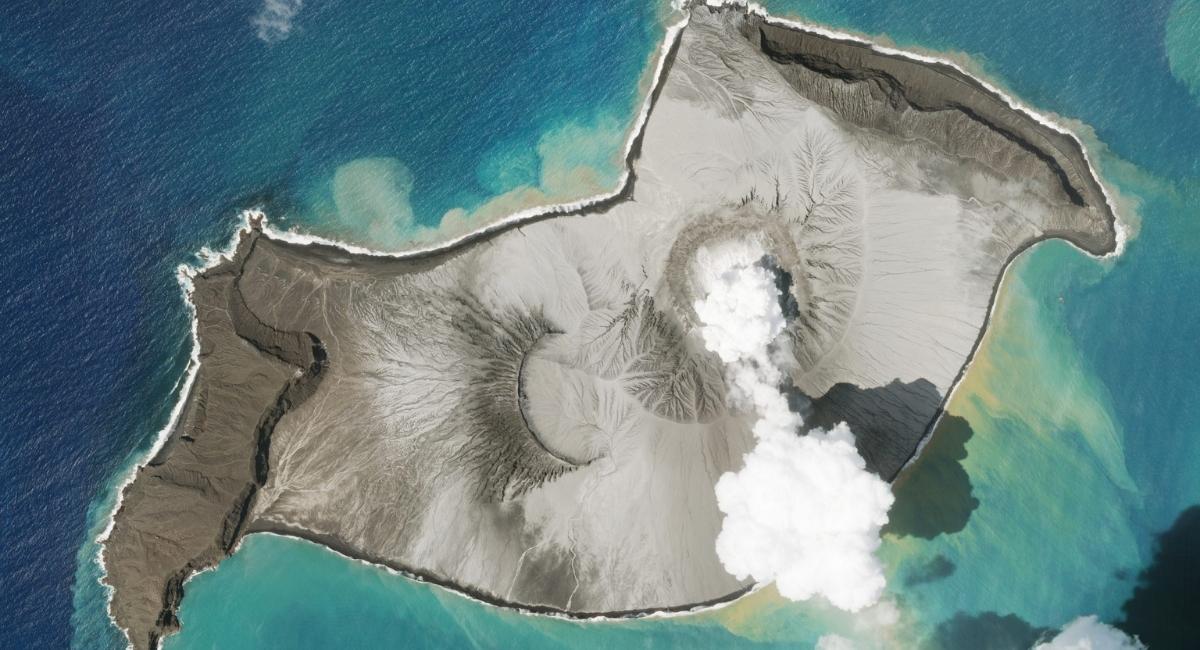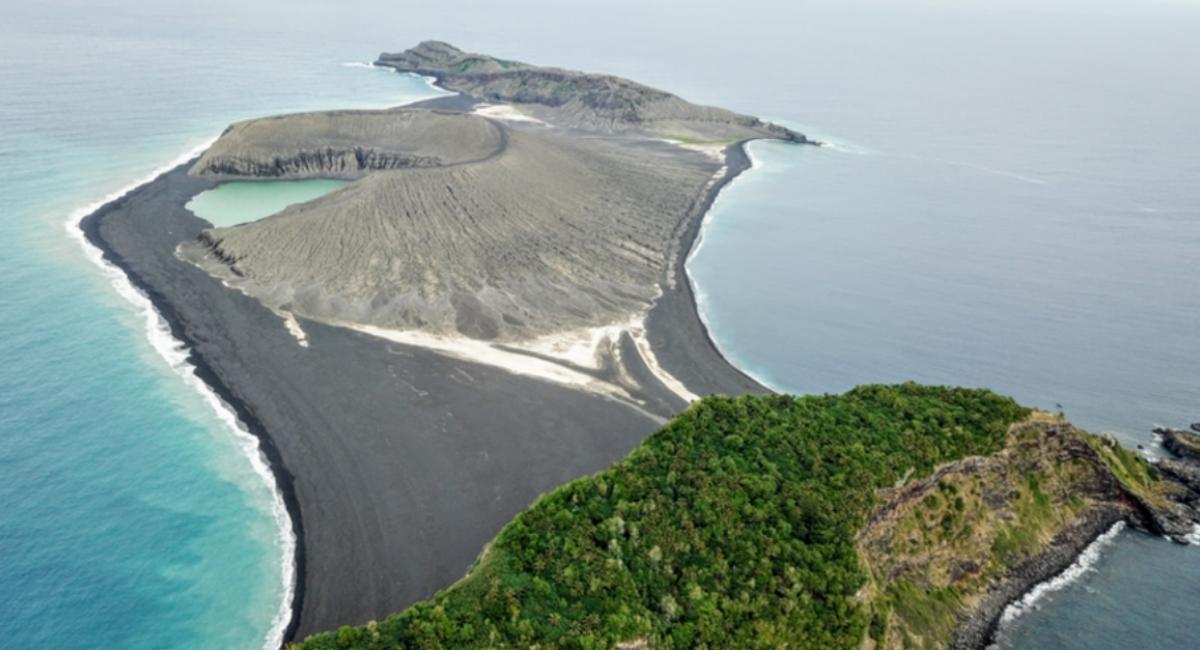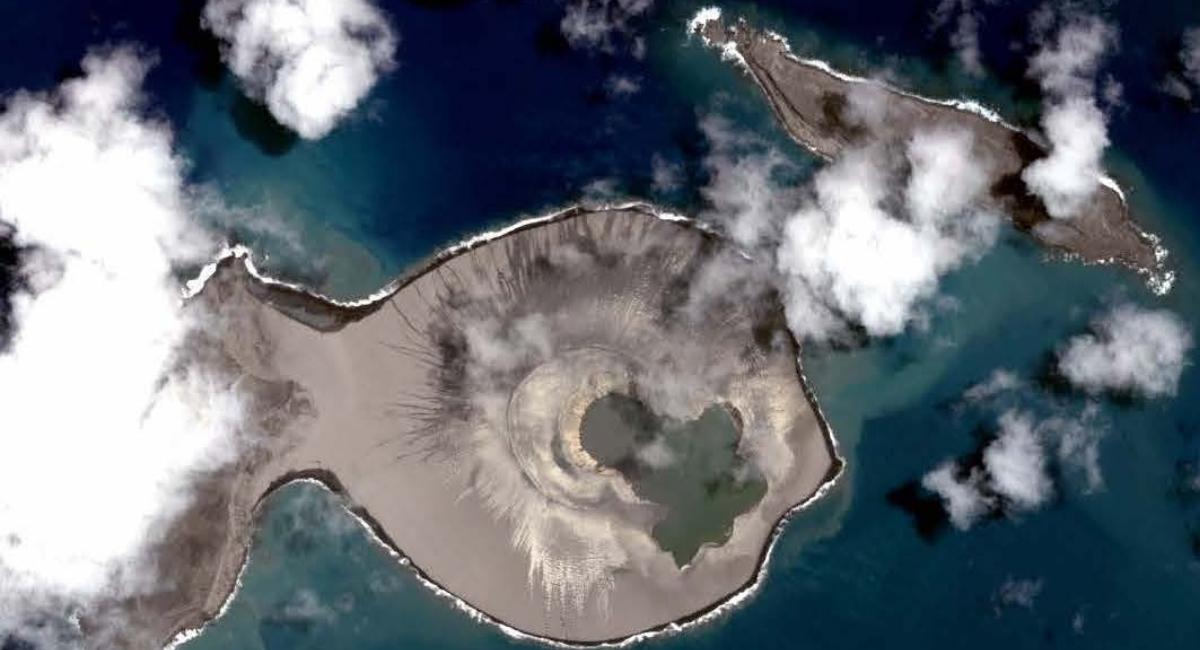
Image credit : Waste360 Proponents of a bold pl...
news-extra-space

 According to NASA, previous studies suggest that sulfur, volcanic rock fragments, and particle debris are abundant in these superheated, acidic seawater plumes.
Most importantly, volcanoes submerged in water are called "seamounts." And when they erupt, the eruption of lava from them creates an undersea ridge. The layers of lava then build up till a ridge breaks the surface of the water to form an island.
According to NASA, previous studies suggest that sulfur, volcanic rock fragments, and particle debris are abundant in these superheated, acidic seawater plumes.
Most importantly, volcanoes submerged in water are called "seamounts." And when they erupt, the eruption of lava from them creates an undersea ridge. The layers of lava then build up till a ridge breaks the surface of the water to form an island.
 Moreover, the new island is located southwest of Late Island, northeast of Hunga Tonga-Hunga Ha'apai, and northwest of Mo'unga'one. Furthermore, as per NASA, the Tonga-Kermadec subduction zone has the fastest global convergence of three tectonic plates.
On another note, the Pacific Plate dips after colliding with two smaller plates, creating one of the planet's deepest holes and most active volcanic arcs at this location.
On the other hand, NASA noted that islands created by submerged volcanoes are typically transient but may survive for years. For instance, at Home Reef, there have been four documented eruption cycles, including the ones in 1852 and 1857. Following these incidents, small islands made a brief appearance. And eruptions in 1984 and 2006 also resulted in transient islands with 50 to 70 meters high cliffs.
Moreover, the new island is located southwest of Late Island, northeast of Hunga Tonga-Hunga Ha'apai, and northwest of Mo'unga'one. Furthermore, as per NASA, the Tonga-Kermadec subduction zone has the fastest global convergence of three tectonic plates.
On another note, the Pacific Plate dips after colliding with two smaller plates, creating one of the planet's deepest holes and most active volcanic arcs at this location.
On the other hand, NASA noted that islands created by submerged volcanoes are typically transient but may survive for years. For instance, at Home Reef, there have been four documented eruption cycles, including the ones in 1852 and 1857. Following these incidents, small islands made a brief appearance. And eruptions in 1984 and 2006 also resulted in transient islands with 50 to 70 meters high cliffs.
 Meanwhile, the island created by the nearby Late'iki Volcano's 12-day eruption in 2020 washed away within two months. However, the island created by the same volcano in 1995 remained for 25 years.
In a September 20 update, the Tonga Geological Service noted that "the volcano poses low risks to the aviation community and the residents of Vava'u and Ha'apai." But they still advised all mariners "to sail beyond 4 kilometers away from Home Reef until further notice."
Meanwhile, the island created by the nearby Late'iki Volcano's 12-day eruption in 2020 washed away within two months. However, the island created by the same volcano in 1995 remained for 25 years.
In a September 20 update, the Tonga Geological Service noted that "the volcano poses low risks to the aviation community and the residents of Vava'u and Ha'apai." But they still advised all mariners "to sail beyond 4 kilometers away from Home Reef until further notice."
Leave a Reply






